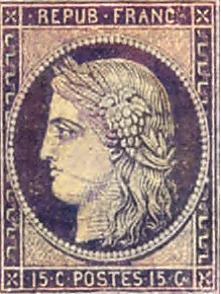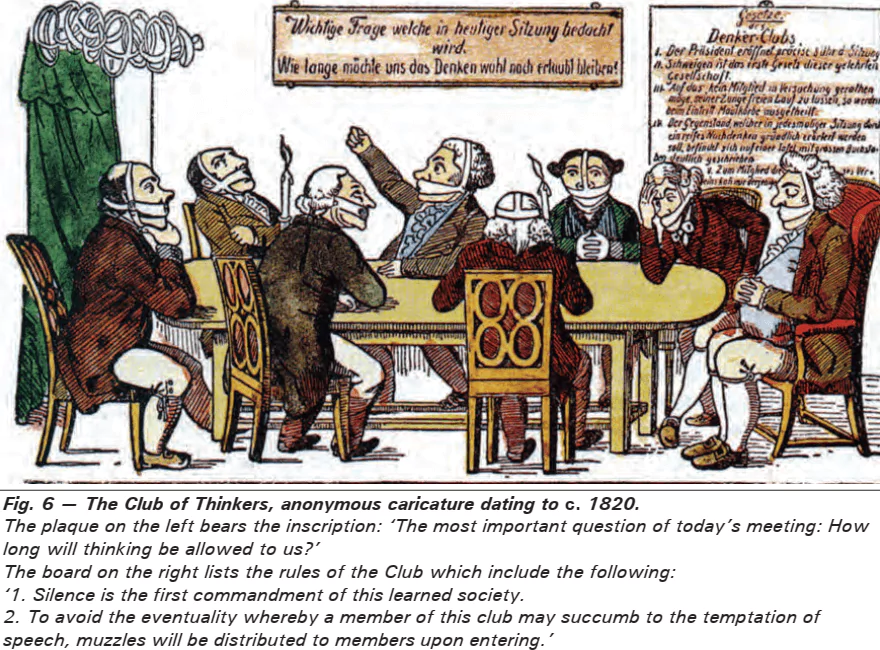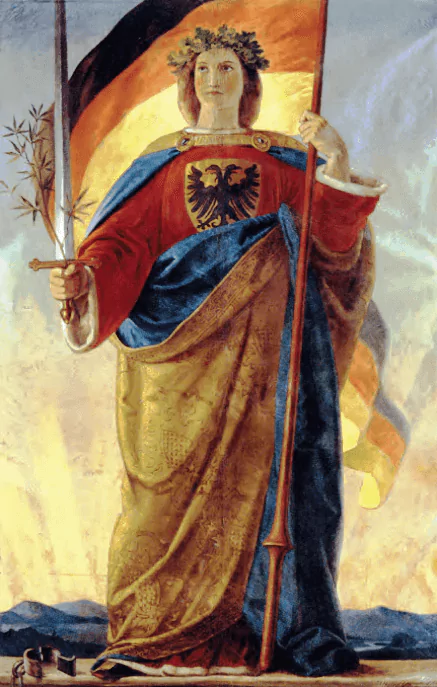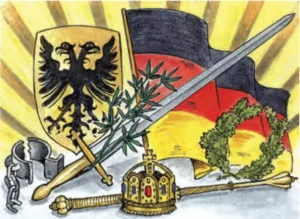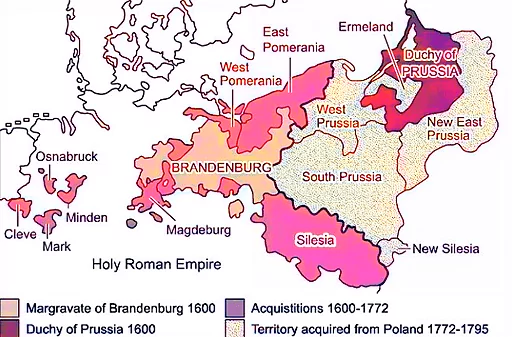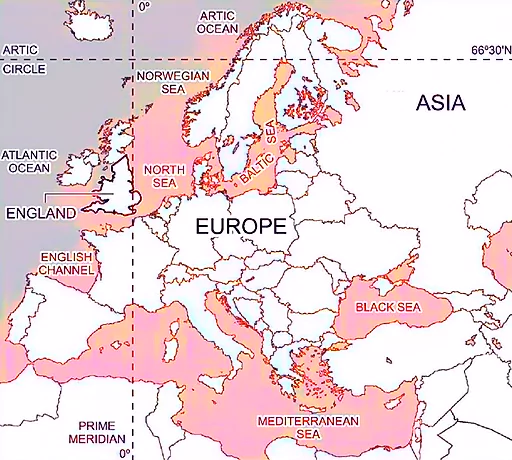Short Answer Type Questions History Class 10 Chapter 1 The Rise of Nationalism in Europe
Picture Based Questions
Question.1. Study the picture and answer the question that follows: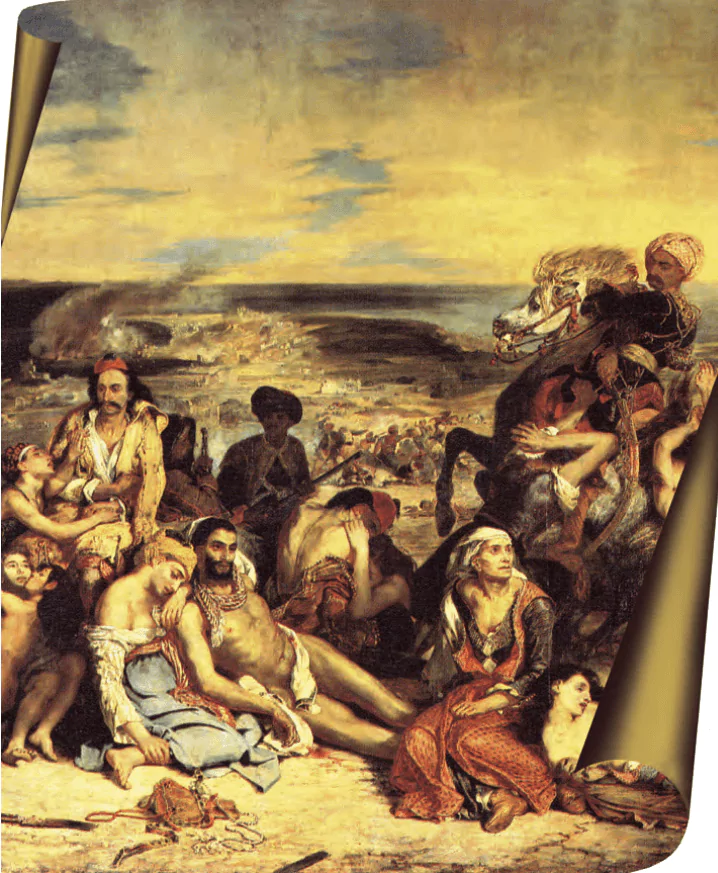
(a) Romanticism
(b) Conservatism
(c) Federalism
(d) Feminism
Ans.1. (a) Romanticism
Question.2. Study the picture and answer the question that follows: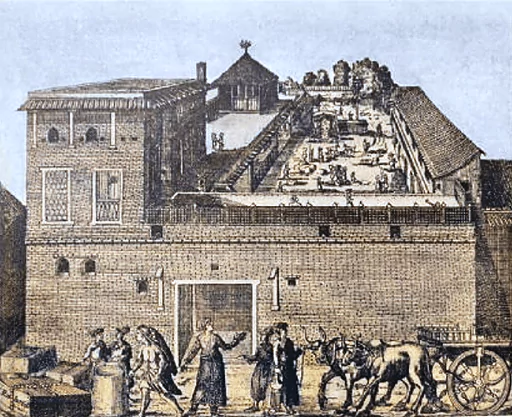
(a) Romanticism
(b) Conservatism
(c) Federalism
(d) Feminism
Ans.2. (a) Romanticism
Question.3. What does the above image depict?
(a) A poster hung on wall
(b) Postage stamp with picture of Marianne
(c) Picture of Germania, Philip Veit
(d) Caricature of Otto van Bismarck
Ans.3. (b) Postage stamp with picture of Marianne
Question.4. What is this caricaturist trying to depict?
Ans.4. This caricature aims to depict the true characteristics of the conservative monarchies of the nineteenth century Europe. As a matter of fact, the ideals of liberalism and individual freedom did not flourish. In this picture, the club involved thinkers are they sitting in a club but they do not have the power to express their thoughts as reflected by the cloth tied on their mouths. This is the most effective way to project that the people did not have the freedom of thought or speech in those times.
Question.5. Describe the caricature. 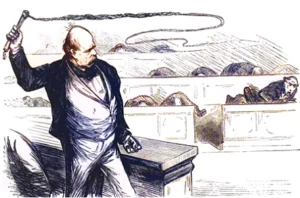
Ans.5.
- In this caricature, Bismarck is holding and waving a hunter on elected representatives in the air, which is a symbol of autocracy. It demonstrates that the rest of the elected representative of parliament representatives are fearful of him.
- In order to show him reverence, the representatives bowed down under the benches of the parliament.
- The caricature puts Bismarck on a higher pedestal and shows that he is ruling the roost of the parliament.
- The revolutionary artist is trying to narrate democracy through a sarcastic caricature. It shows that democracy existed for the sake of name. In reality, the power and influence of Bismarck ruled the parliament.
Question.6. The artist has portrayed Garibaldi as holding on to the base of the boot, so that the king of Sardinia-Piedmont can enter it from the top. 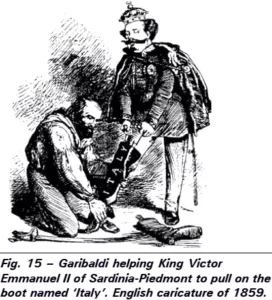
Ans.6. According to the picture, the boots epitomized the kingdom oftwo Sicily that remained in Southern Italy. Garibaldi succeeded in gaining these kingdoms and subsequently, handed over them to king of Sardinia-Piedmont, Victor Emmanuel II. He was proclaimed the emperor of the united Italy. The picture shows the role played by Garibaldi in unifying Italy.
Question.7. Identify this image.
Ans.7. Germania
Question.8. Identify this image.
Ans.8. Various symbols which were used to depict the development of Nationalism.
Map Based Questions
Question.1. In the map of Holy Roman Empire, locate the historic Brandenburg-Prussia and mark it properly.
Question.2. In the map of Europe, locate England and mark it properly.
Match the Columns
Question.2. In the map of Europe, locate England and mark it properly.


